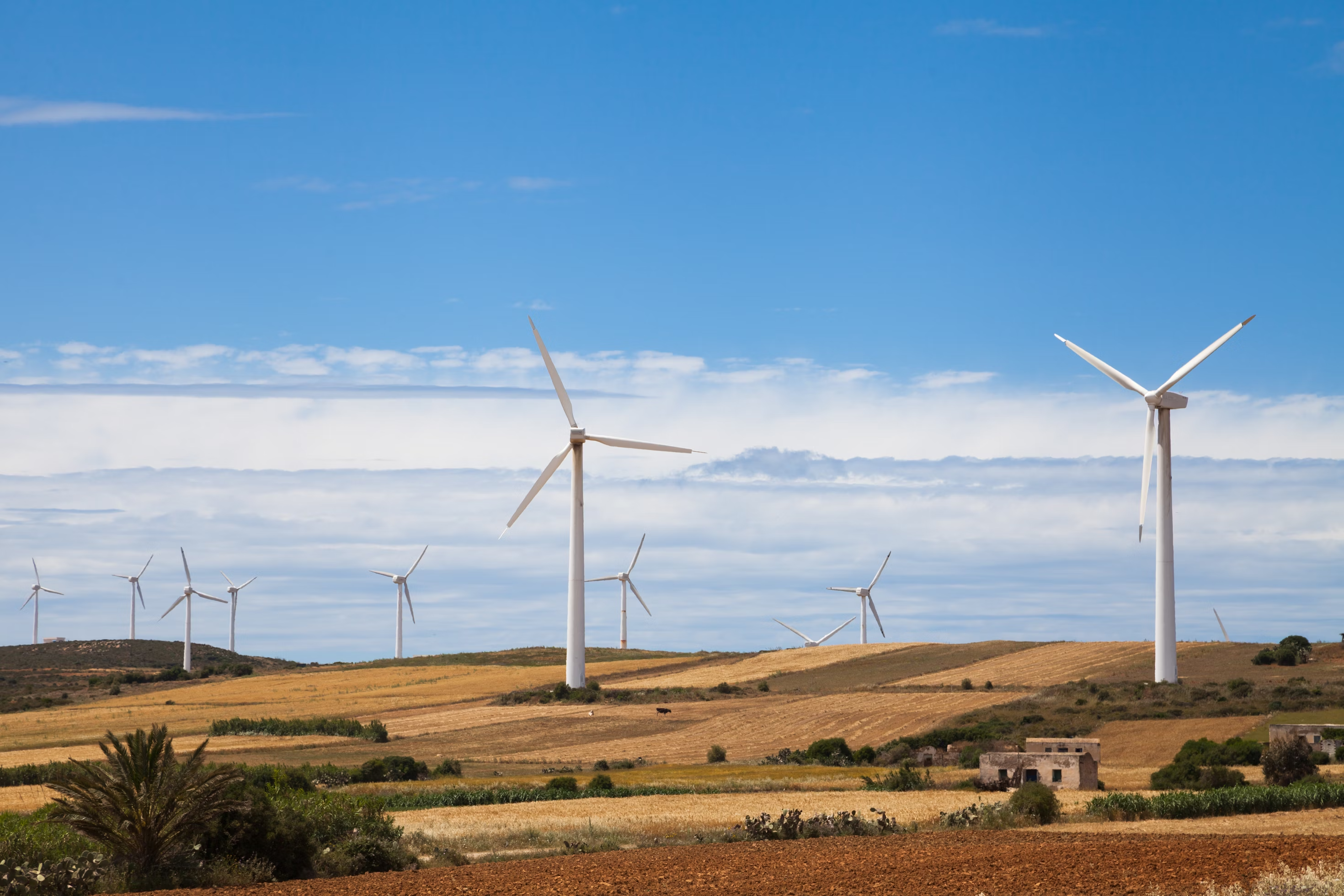
As winter approaches, many are curious about how the anticipated La Nina event will affect temperatures across Europe. La Nina will be cooler-than-average sea surface temperatures in the central and eastern Pacific Ocean. Which can significantly influence global weather patterns, including those in Europe. This blog will explore what La Nina means for European winter temperatures, precipitation patterns, and the overall climate outlook.
Understanding La Nina
La Nina is part of the El Nino Southern Oscillation (ENSO) cycle. It also includes La Nina and its warmer counterpart, El Nino. During a La Nina event, trade winds strengthen, pushing warm water westward. Allowing cooler water to rise to the surface in the eastern Pacific. This shift can alter atmospheric circulation patterns, impacting global weather, including Europe.

Expected Temperature Changes in Europe
Colder Conditions for Western Europe
Historically, La Nina has been associated with colder-than-normal temperatures in western Europe. Meteorologists predict that this winter will likely follow that trend, with temperatures expected to drop as we move into November and December.

La Nina: Regional Variations
While western Europe may experience significant cooling, the effects of La Nina can vary across the continent:
- Colder Regions: Countries like the UK, France, and Scandinavia are expected to be among the coldest this winter, with temperatures likely lower than last year.
- Warmer Areas: In contrast, parts of southeast Europe, including Greece and Turkey. It may remain warmer than average, showcasing the uneven impact of La Nina across different regions.
Precipitation Patterns
Increased Snowfall in the Alps
One of the notable effects of La Nina is its influence on precipitation. The Alps seem to receive wetter and colder conditions, leading to more frequent and heavier snowfall. This could be a welcome change for ski resorts that have struggled with low snow levels in recent years.

Drier Conditions Elsewhere
Conversely, northwest and southeast Europe may experience drier conditions. Countries in these regions could see less snowfall and overall precipitation, which may lead to challenges in water supply and agriculture.
The Role of Climate Change
While La Nina is expected to bring colder temperatures, it is essential to consider the broader context of climate change. Some meteorologists suggest that despite the cooling effects of La Nina, overall winter temperatures may still be warmer than long-term averages due to the ongoing impacts of climate change. This complexity makes it challenging to predict exact outcomes, as local weather patterns can disrupt the anticipated effects of La Nina.
Conclusion
In summary, La Nina will likely bring colder temperatures to much of Western Europe this winter, particularly in the UK, France, and Scandinavia. The Alps may benefit from increased snowfall, while other regions could face drier conditions. However, the influence of climate change complicates predictions, suggesting that while temperatures may drop, they could still be warmer than historical averages. As winter unfolds, keeping an eye on local forecasts will be crucial for understanding the specific impacts of La Nina across Europe.














